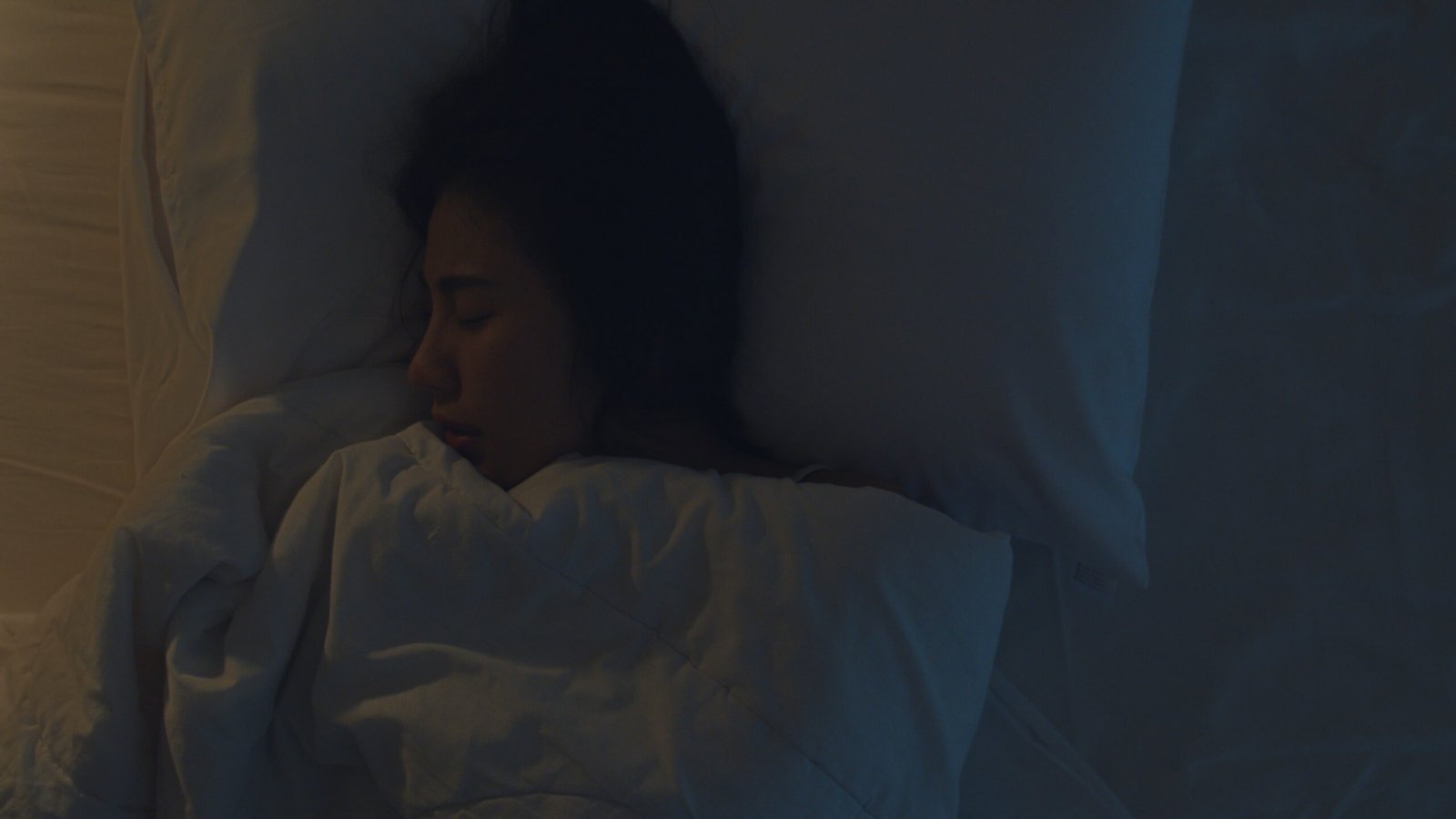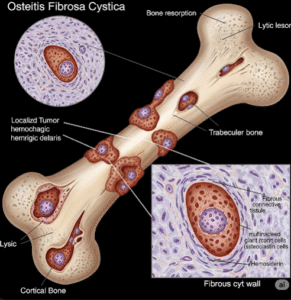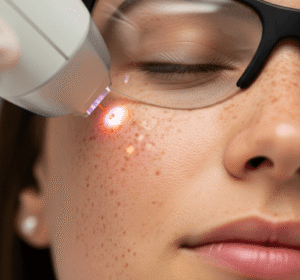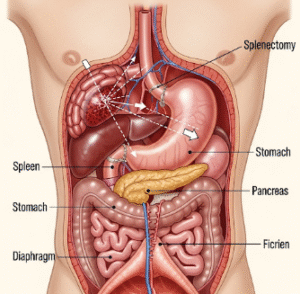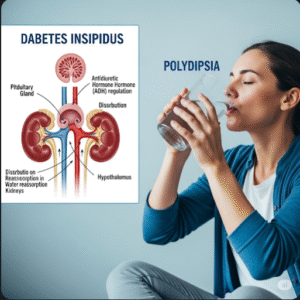Overview
Sleep paralysis is a temporary inability to move or speak while falling asleep or upon waking. It can be a frightening experience, often accompanied by hallucinations or a sensation of pressure on the chest. In Korea, sleep paralysis—locally referred to as “gawi nulrigi” (가위 눌리기)—is widely recognized in both medical and cultural contexts. While it is often benign, frequent or distressing episodes may require medical attention. Korean hospitals and sleep clinics offer comprehensive diagnostic and treatment options for this condition.
What is Sleep Paralysis?
Sleep paralysis is a type of parasomnia that occurs during transitions between sleep and wakefulness. During these episodes, a person is conscious but unable to move or speak, typically lasting a few seconds to a couple of minutes. It is believed to result from a disruption in the sleep cycle, particularly during REM (Rapid Eye Movement) sleep.
Symptoms
- Temporary inability to move or speak
- Conscious awareness of surroundings
- Pressure on the chest or throat
- Difficulty breathing (subjective)
- Hallucinations (visual, auditory, or tactile)
- Feeling of fear or dread
Causes
- Sleep deprivation
- Irregular sleep schedule
- Stress and anxiety
- Narcolepsy or other sleep disorders
- Sleeping on the back (supine position)
- Use of certain medications or substances
Risk Factors
- Adolescents and young adults (common age: 15–25)
- Family history of sleep paralysis
- Shift workers or frequent travelers (jet lag)
- Mental health conditions such as PTSD or panic disorder
- Students under academic stress
Complications
While not physically harmful, repeated episodes can lead to:
- Sleep avoidance or insomnia
- Anxiety or fear of sleeping
- Decreased quality of life
- Potential link to other sleep disorders (e.g., narcolepsy)
Prevention
- Maintain a consistent sleep schedule
- Get 7–9 hours of sleep per night
- Avoid caffeine, alcohol, and electronics before bedtime
- Manage stress through relaxation techniques
- Avoid sleeping on your back
Treatment Options in Korea
Diagnosis
In Korea, diagnosis of sleep paralysis is usually made based on clinical history and symptom description. In some cases, sleep studies (polysomnography) are conducted at specialized sleep centers to rule out conditions like narcolepsy or sleep apnea.
Medical Treatments
- Antidepressants (SSRIs or TCAs) for those with frequent episodes
- Melatonin supplements to regulate circadian rhythm
- Sleep hygiene therapy guided by sleep specialists
Surgical or Advanced Therapies
Surgical intervention is not typically required. However, in rare cases where an underlying sleep disorder (like obstructive sleep apnea) is identified, procedures like CPAP therapy or airway surgeries may be recommended.
Rehabilitation and Support
- Cognitive Behavioral Therapy for Insomnia (CBT-I) available at Korean mental health and sleep clinics
- Stress management workshops and mindfulness training
- Online support communities and counseling services for affected individuals

